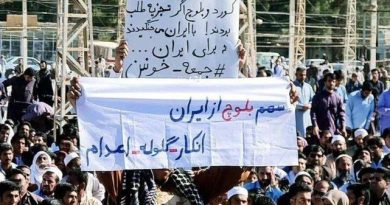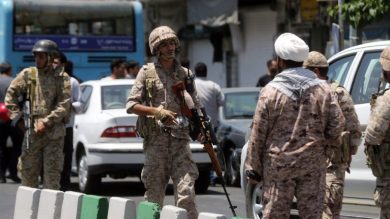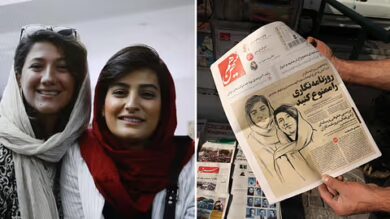Iran’s ongoing struggle for democracy has taken a powerful feminist turn. Women—long oppressed by legal, cultural, and political systems enforced by the Islamic Republic and the IRGC—are now at the center of Iran’s democratic transition. Through grassroots mobilization, protests, digital campaigns, and global advocacy, Iranian women have emerged not just as participants but as leaders of a movement demanding justice, freedom, and equality.
1. Feminism in Iran: Not Imported, But Indigenous
Contrary to regime narratives, feminism in Iran is deeply rooted in the country’s history. Women in Iran were politically active even before the 1979 revolution, fighting for rights to education, voting, and representation. After the revolution, as gender segregation and hijab mandates were enforced, a new wave of resistance emerged—quietly at first, then increasingly vocal.
Iranian feminism is not western-imposed; it is born from the lived experience of Iranian women resisting state control over their bodies, voices, and lives.
2. The IRGC and Gender-Based Repression
The IRGC (Islamic Revolutionary Guard Corps) plays a central role in enforcing patriarchal state control. From the compulsory hijab to the surveillance and arrests of female activists, the IRGC sees women’s empowerment as a threat to the regime.
Women have been detained, tortured, and silenced for:
• Removing hijabs in public
• Participating in protests
• Advocating for human rights
• Speaking out on social media
This repression has only galvanized the feminist movement further, turning private grievances into public resistance.
3. “Women, Life, Freedom”: A Feminist Revolutionary Slogan
The death of Mahsa Amini in 2022 after her arrest by morality police ignited a national uprising led by women and fueled by the slogan “Women, Life, Freedom.” This Kurdish-rooted chant became a symbol of a nationwide feminist revolution.
Iranian women led protests across cities and provinces, confronting security forces with bravery and resilience. The movement is not just about the hijab—it’s about reclaiming agency, autonomy, and dignity in every part of life.
4. Women as the Moral Leaders of the Movement
Iranian women are not simply resisting; they are redefining leadership. They’re not seeking power for power’s sake, but to reconstruct a political order that respects:
• Human rights
• Gender equality
• Ethnic and religious diversity
• Freedom of expression
Feminist voices are uniting various marginalized groups—Kurds, Baloch, students, workers—under one demand: a free and inclusive Iran.
5. Feminist Tactics: Resistance on All Fronts
The feminist movement in Iran is multifaceted:
• Street protests: Women continue to organize and participate despite harsh crackdowns.
• Digital activism: Social media campaigns challenge censorship and document abuses.
• Legal resistance: Female lawyers like Nasrin Sotoudeh represent jailed activists and challenge discriminatory laws.
• Cultural defiance: Women sing, dance, and perform in public despite state bans.
Each act of defiance is a declaration: we will not go back.
6. Leadership from Exile and Behind Bars
Feminist leadership is flourishing both inside and outside Iran:
• In exile, figures like Masih Alinejad raise international awareness and organize global campaigns.
• In prison, activists like Narges Mohammadi write letters, give interviews, and remain symbols of resistance.
These women are reshaping Iran’s political narrative, showing the world what leadership rooted in courage and care looks like.
7. Feminism and Iran’s Democratic Future
The feminist movement is critical to any post-Islamic Republic transition:
• It centers human rights and inclusive governance.
• It rejects the militarized patriarchy upheld by the IRGC.
• It promotes civil society and grassroots democracy.
Without women’s leadership, Iran’s future risks replicating old systems of control. With them, it has a chance at true transformation.
8. Global Solidarity: The Feminist Fight Is Universal
The world has a role to play:
• Amplify Iranian women’s voices.
• Sanction IRGC officials responsible for gender oppression.
• Support digital security tools for activists.
• Welcome asylum seekers and political exiles.
Feminism in Iran is part of a global fight for dignity and liberation. When Iranian women win, all women win.
Conclusion: The Future Is Feminist
Iran’s feminist revolution has already changed the country. It has shattered fear, inspired millions, and revealed the strength of women who will no longer be controlled. The IRGC and the regime may continue to repress, but the future is taking shape—and women are leading it.
Join Our Newsletter!
Stay informed with the latest updates, news, and ways to take action in the fight for justice and global security. Sign up now to get updates delivered straight to your inbox!





